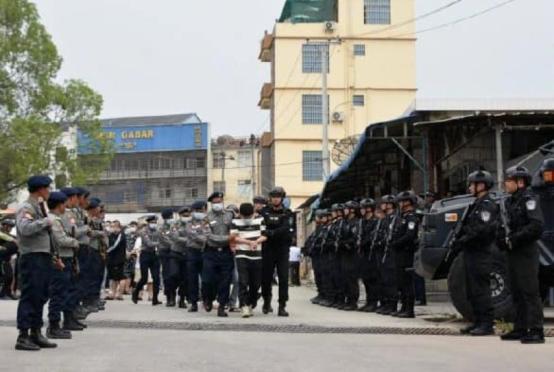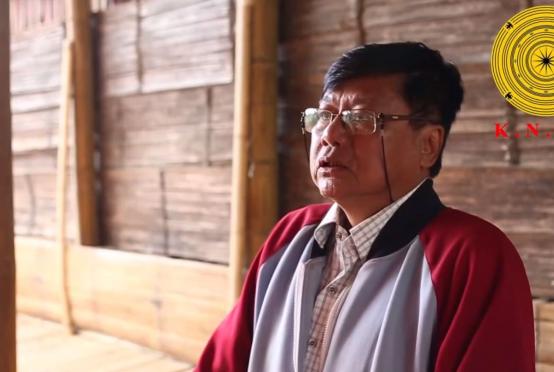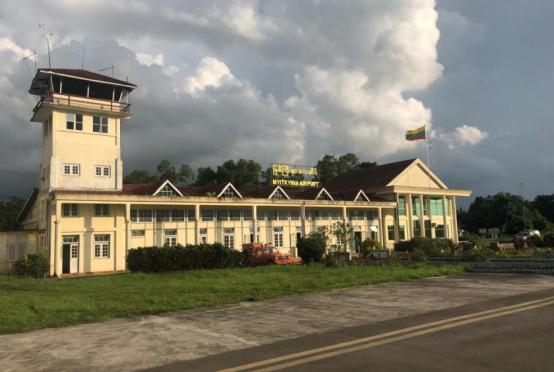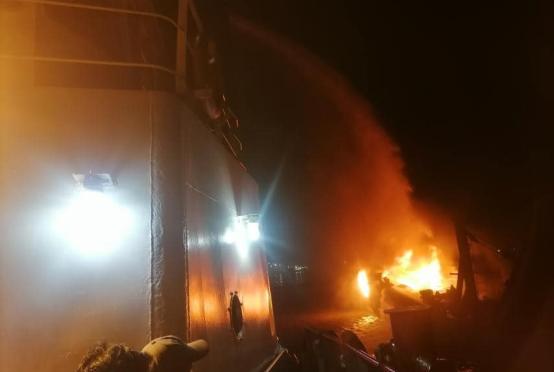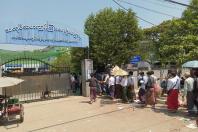
Local people and experts have called for measures to protect the ancient cultural objects near Hanlin, one of the ancient cities of the Pyu Era, and listed as a World Heritage Site, in Wetlat Township, Shwebo District, Sagaing Region, as they are being excavated for sales.
Local sources say that around 10,000 people come to the site every day for excavations after some ancient cultural objects had been discovered in the farmlands near northern Htangyi Village near Hanlin in May.
After photos and videos had spread on social media about a large number of people digging for ancient cultural objects, some pointed out the need to take prevention while some others argued that locals are doing so because they are facing financial difficulties.
“They got various kinds of objects such as beads and even jewelries if they were lucky. They don’t need to dig very deep. The objects can be found even if they dig about two or three feet deep. These days, less people come. But there have been a large number of people coming here like a festival. Buyers are already there,” said a local resident in Wetlat Township.
A well-known Myanmar architect, U Win Maung (Tampawady), stressed the need to conserve the country’s ancient cultural heritage objects instead of digging and selling them.
“Humans ranging from the Stone Age to the Iron Age to a more civilized age lived in Hanlin, one of the ancient Pyu city-states. It also dates back to the Bagan, Inwa, Konbaung and the last Yadanabon periods. So, the soils in this region are sensitive to erosion. The objects of successive eras can be discovered if we dig about one foot deep. This village of Htangyi is closest to the Hanlin Palace. When digging is done, objects can be found and they were placed underground without specific periods. So, such excavations should not be carried out. If those objects disappear from our country, our historical evidence will die down as well,” the architect commented.
With the lack of regional peace and stability, officials from the Department of Archaeology and National Museum could not make an inspection tour of the region.
Hanlin was recognized by UNESCO on its List of World Heritage Sites in Southeast Asia in May 2014 for their archaeological heritage traced back more than 1,000 years to between 200 BC and 900 AD.

